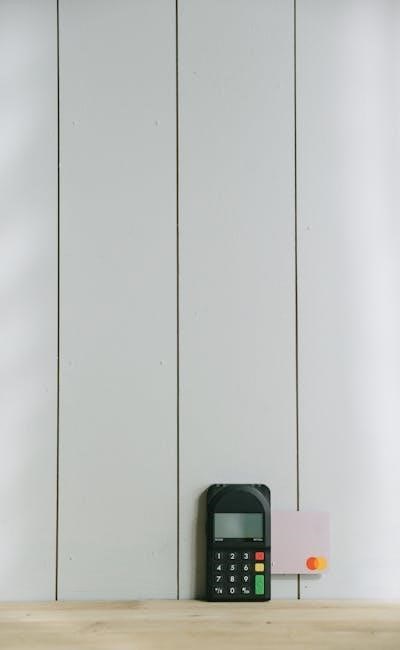
Digital finance is rapidly evolving, with fintech solutions transforming how we manage our personal finance. Central to this shift are online banking and budgeting apps. This article provides a detailed comparison of these tools, examining their features, pros and cons, and impact on financial wellness.
Online Banking: The Foundation
Traditional financial institutions now offer robust banking apps enabling online transactions, bill pay, and mobile payments. Key features include:
- Account Aggregation (often limited to accounts within the same institution)
- Expense Tracking (basic categorization of transactions)
- Savings Goals (simple goal setting)
- Strong security features like multi-factor authentication.
Pros: Familiarity, trust in established institutions, integrated services. Cons: Limited money management capabilities beyond basic banking, potentially higher cost/fees compared to dedicated apps.
Budgeting Apps: Taking Control
Dedicated budgeting apps focus on money management and financial planning. They often connect to multiple accounts via account aggregation, providing a holistic view of finances. Popular options include Mint, YNAB (You Need A Budget), and PocketGuard.
Key Features of Budgeting Apps
- Budgeting Tools: Zero-based budgeting, envelope budgeting, 50/30/20 rule.
- Expense Tracking: Automatic categorization, customizable categories, detailed reports.
- Savings Goals: Visual progress tracking, automated transfers.
- Debt Management: Strategies for paying down debt.
- Investment Tools: Some apps offer basic investment tracking or integration.
- Credit Scores: Free credit score monitoring (often with limitations).
- Automation: Automated bill reminders, savings transfers.
Comparison of Popular Budgeting Apps
| App | Cost | User Interface | Data Security | Features |
|---|---|---|---|---|
| Mint | Free (ad-supported) | User-friendly, visually appealing | Strong, but data is used for targeted ads | Account aggregation, budgeting, bill tracking, credit score. |
| YNAB | Subscription-based | Steeper learning curve, but powerful | High, focuses on user privacy | Zero-based budgeting, debt payoff, goal setting. |
| PocketGuard | Free/Premium | Simple, intuitive | Good, uses encryption | «In My Pocket» budgeting, bill tracking, savings goals. |
Mobile Banking vs. Budgeting Apps: A Head-to-Head
Mobile banking excels at transactional tasks – checking balances, making online transactions, and mobile payments. Budgeting apps shine in financial planning, expense tracking, and helping users achieve money saving and savings goals;
Security features are paramount for both. Look for apps with encryption, multi-factor authentication, and a clear privacy policy. Data security is a critical consideration.
The Future of Digital Finance
The lines between online banking and budgeting apps are blurring. Financial institutions are increasingly integrating money management tools into their apps, while budgeting apps are adding more banking-like features. Automation will play a larger role, making financial wellness more accessible. Choosing the right tools depends on individual needs and preferences.
Ultimately, leveraging both online banking and budgeting apps can empower individuals to take control of their finances and build a secure financial future.



Excellent overview of the current landscape of online banking and budgeting apps. I liked how the article highlighted the shift from basic online banking to more comprehensive budgeting tools. The table comparing Mint, YNAB, and PocketGuard is a fantastic addition – it makes it easy to quickly see which app might be the best fit for individual needs. The point about automation being a key feature is spot on, it
This is a really well-structured comparison! I